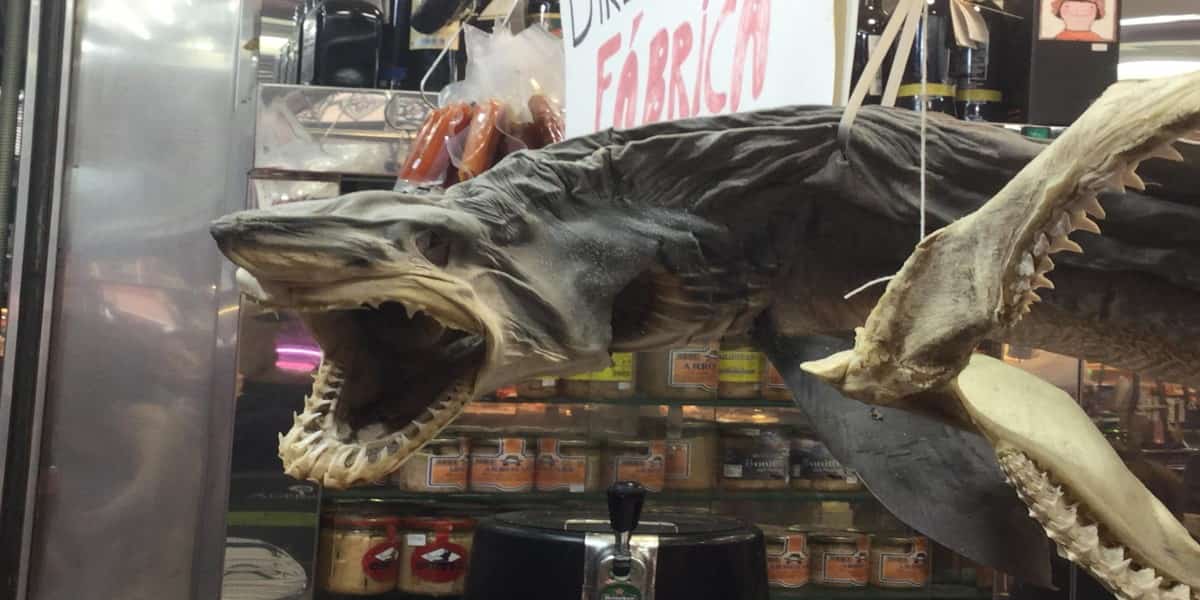Hákarl : Fermented Dried Shark
Doodlebrary
- Fermented dried shark, also known as hákarl, is a traditional Icelandic delicacy made from Greenland shark (Somniosus microcephalus).
- The preparation of hákarl is a unique and rather pungent process that involves several months of fermentation and drying.
- Here’s how it’s typically made:
- Shark Selection: The main ingredient is the Greenland shark, which is not edible when fresh due to its high urea and trimethylamine oxide content. It’s important to note that this shark is toxic when not properly prepared.
- Burying the Shark: The shark is first buried in a shallow pit or trench, typically for several weeks. The weight of the soil and sand helps to press out fluids from the shark’s flesh, aiding in the preservation process.
- Hanging and Drying: After the initial burying period, the shark is hung up to dry for several months. The cold Icelandic climate is ideal for this part of the process. During this time, the shark’s flesh is naturally fermented and preserved through a combination of bacterial and enzymatic action.
- Cutting and Serving: Once the fermentation and drying process is complete, the shark is cut into small pieces or strips and served. It is typically served in small cubes and is often accompanied by a shot of the Icelandic spirit called “Brennivín” to help wash down the strong taste.
- Hákarl is notorious for its strong odor and pungent flavor, often described as ammonia-like and quite challenging for those not accustomed to it.
- It’s considered an acquired taste and is often served as a traditional Icelandic delicacy, especially during festivals and special occasions.
- It’s worth noting that hákarl is not commonly found outside of Iceland, and its strong taste can be off-putting to many.
- Tourists visiting Iceland sometimes try it as an adventurous culinary experience, but it’s not a staple food in Icelandic households today.
